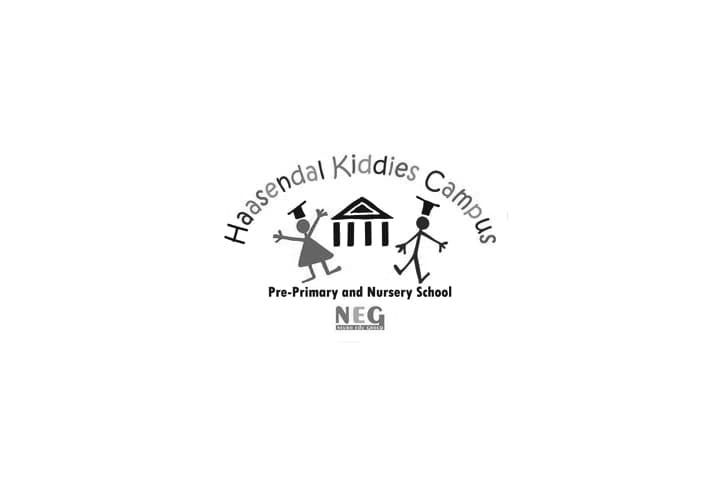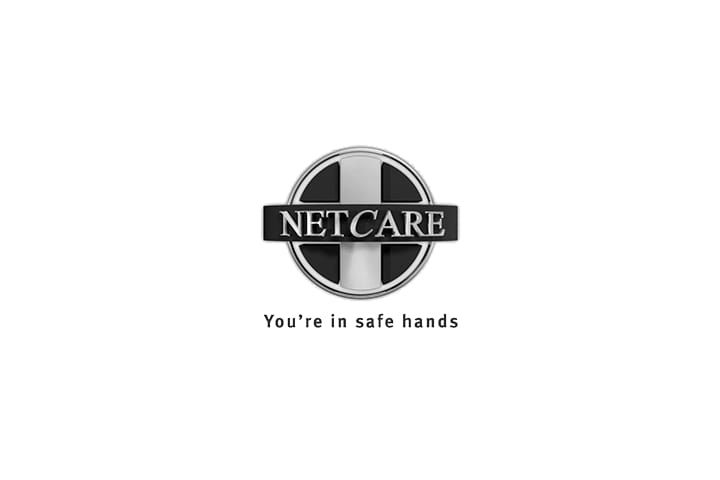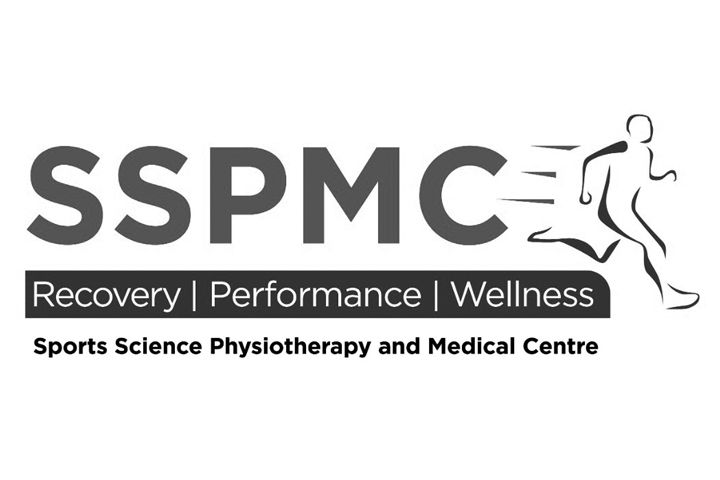8 Vital Steps for Stroke Recovery
Stroke affects everybody differently. Why? Because everyones brain and bodies are different. Many stroke survivors continue to improve over a long time, sometimes even over a number of years. Recovery from
stroke involves making changes in the physical, social and, emotional aspects of your life. These changes play a critical part in preventing additional strokes as well as facilitating recovery.
Let’s look at 8 vital steps for stroke recovery:
Recognize Symptoms of Stroke
One of the most important ways to successfully recover from a stroke, is by taking preventative measures such as knowing and recognizing the symptoms of a stroke because immediate treatment can be life saving
and can greatly affect the chances for a full recovery.
Walking Again
Leg exercises after experiencing a stroke are crucial for recovery. Each patient should have a custom exercise routine, personalized for you. There are several exercises that should be included in most every stroke survivor’s regimen. Low-impact strength and stretching leg exercises for stroke recovery are essential.
Arm Function
One of the most common deficiencies following a stroke is the impairment of the arm and hand. This typically results in decreased strength, coordination, and range of motion. As with rehabilitating any
part of the body with reduced function after a stroke, it is important to consistently repeat the exercises and stretches to strengthen the brain-muscle connections.
Paralysis
Paralysis is the inability of a muscle to move voluntarily. The primary symptoms of paralysis are stiff muscles, weakness, and lack of coordination. Fortunately, there are several methods of treatment in
addition to therapy to help manage and recover from this.
Difficulty Speaking and Communicating
Another common side effect of stroke is aphasia, which is the inability to speak or understand speech. This is one of the most frustrating side effects for survivors to deal with. It is important to be patient and send
out a message that you care through light hand touches and hugs.
Counteract Learned Non-Use
Muscles have the potential to waste away due to cell degeneration. If the limbs that have been weakened after a stroke, are not consistently exercised over time. This often occurs when the person tries to compensate for their weak limb by using their stronger limb more often. Daily attempts to move the affected limbs are necessary to maintain and improve functionality.
Set Recovery Goals with Your Therapist
Setting specific and meaningful goals can help keep one focused and motivated once they are achieved. These goals can range from simple tasks to long-term accomplishments.
Stay Motivated
Since apathy is common during stroke recovery, staying motivated can be a challenge. Combining one’s interests with a solid rehabilitation plan, can effectively eradicate feelings of lethargy and depression. The
best thing to do is to focus on a reason for recovery and to associate it with your plan of action.
The process of stroke recovery is long and full of ups, downs, twists, and turns. It takes hard work and dedication to regain mental and physical function after a stroke.
Are you or a loved one recovering from a stroke? Message us and we’ll call you back to make an appointment.






